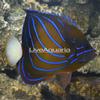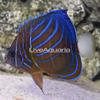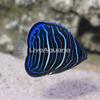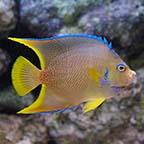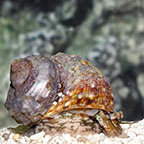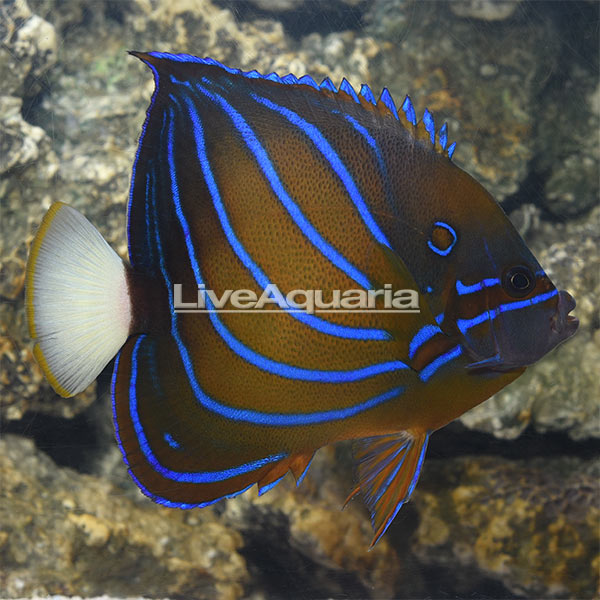
Additional locales and sizes may be available!
Additional locales and sizes may be available! Email me when availableQuick Stats
What do these Quick Stats mean? Click here for more information
What do these Quick Stats mean? Click here for more information
Overview
A minimum of a 220 gallon tank is necessary for a single Annularis. Provide plenty of hiding places such as caves and live rock for grazing. A word of caution: this variety will nip at sessile invertebrates directly at the base such as nudibranchs, corals, and tridacnid (three-footed) clams. As such, the Annularis Angelfish would not make a good reef dweller. Considered semi-aggressive, the Annularis may become territorial once acclimated to the tank.
All Angelfish are considered hermaphroditic, and visibly, it is not possible to differentiate males from females.
The diet of the Annularis Angelfish should include vegetables, meats, and angelfish food preparations containing spongiform products. When first introduced, it may need to be offered live foods such as brine shrimp or freshly chopped seafoods to entice it to eat.
Approximate Purchase Size: Juvenile Small: 1" to 1-1/2"; Medium: 1-1/2" to 2"; Large: 2" to 2-1/2"; Sub Adult/Changing: Small; 2" to 2-1/2"; Medium: 2-1/2" to 3"; Medium/Large: 3" to 3-1/2"; Large: 3-1/2" to 4"; Adult Small: 3" to 3-1/2"; Medium: 3-1/2" to 4"; Medium/Large: 4" to 5"; Large: 5" to 6"; X Large: 6" to 7"; Show Size: 8" to 9"
Supplies You May Be Interested In
Customer Testimonials
I must say this is by far my favorite fish. He has a great personality, eats well, and is turning into a true adult right in front of my eyes. I've had this guy in my 90-gallon aquarium for six months and he hasn't bothered a thing. I highly recommend this great fish!



